Citrus health
Invaio is partnering with the Citrus industry to develop precision control solutions that will combat citrus greening disease and bring back productivity to citrus groves.
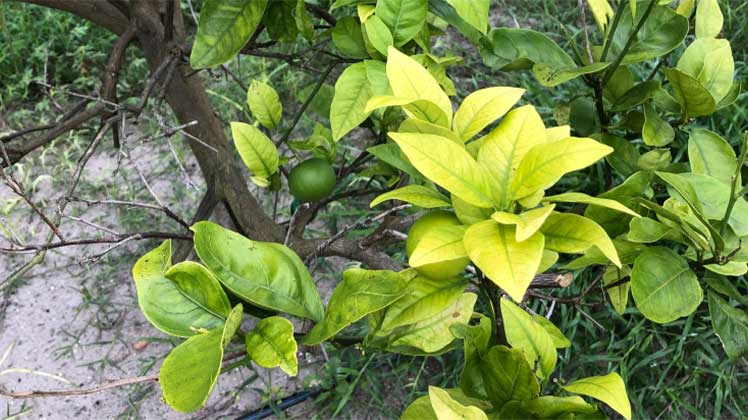 Citrus greening infection is recognizable by the yellow blotching of the leaves
Citrus greening infection is recognizable by the yellow blotching of the leaves
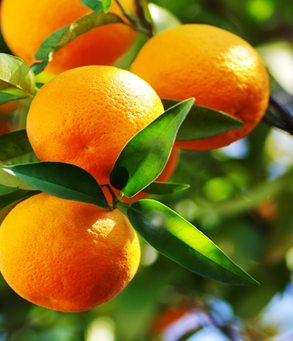
Our first Invaio Citrus Health™ solution for the treatment of citrus greening, featuring Trecise™ technology, has launched in Florida, USA
Visit our citrus siteBringing back productive citrus groves
Citrus greening disease, also known as HLB from its Chinese name of huanglongbing (“yellow dragon disease”), is destroying citrus crops across the globe. The disease is caused by a deadly bacterium carried by insects and, according to the US Department of Agriculture (USDA), it is “one of the most devastating problems to face the fruit industry in years”. Our new Invaio Citrus Health™ solution for the suppression of citrus greening in oranges is bringing new hope to Florida growers.
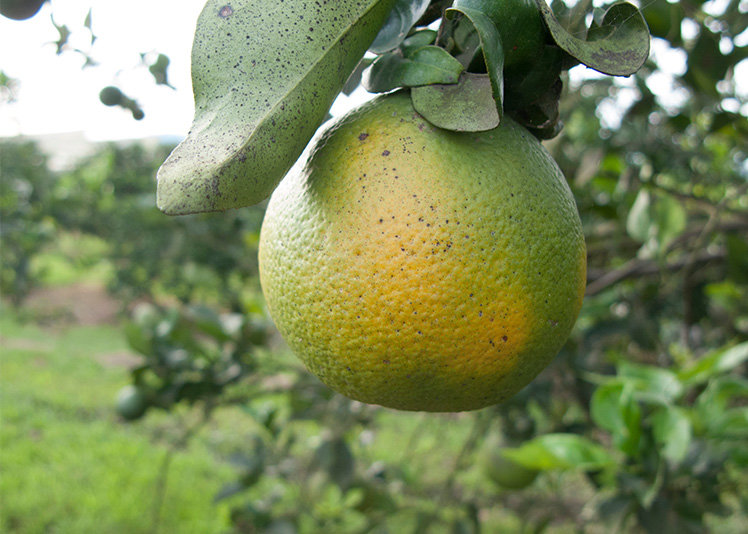
Citrus fruit heavily infected with citrus greening (HLB).
What is citrus greening?
Since the first diseased trees were found in Florida in 2005, citrus greening disease (HLB) has spread throughout the state’s citrus-producing areas, reducing crop yields by 75 percent while more than doubling the cost of production, according to USDA figures – posing a threat to the survival of the industry. Millions of citrus trees have been devastated throughout the United States, Mexico and Brazil as well as in other countries.
HLB is caused by the Liberibacter bacterium, which is carried by the Asian citrus psyllid, a sap-sucking insect. Fruit produced by an infected tree turns green, tastes bitter, and is unsuitable for sale. The disease can also kill the trees. For many years HLB was considered untreatable and growers simply had to take whatever precautions they could in the hope of preventing infection. There is a clear need for an effective solution as soon as possible.
The disease impacts the growth and yield of the trees as well as the quality of the fruit – including its nutritional and sugar content. This reduces the value of the fruit, potentially limiting its uses in human and animal consumption and, ultimately, reduces the income to the growers and the industry.

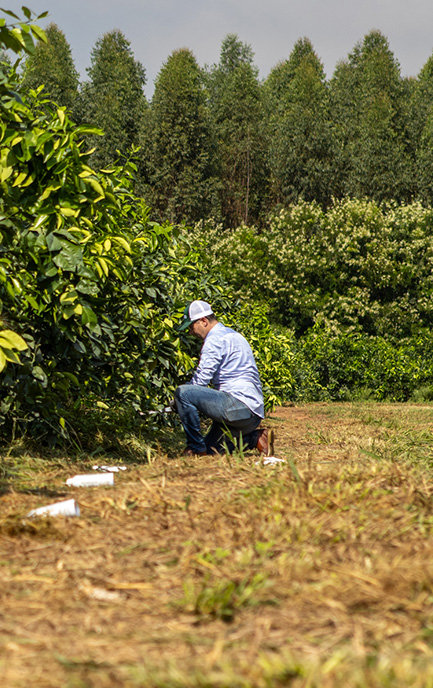
Our team is conducting field trials across the citrus belt in Brazil
We’re collaborating with many research organizations to develop and evaluate further HLB solutions.
One such organization is Fundecitrus, the Fund for Citrus Protection, based in Araraquara, Brazil.
Our collaboration with Fundecitrus, a non-profit private Brazilian citrus industry association that works for the interests of the citrus growers and industry, benefits from deep expertise in citrus grove and pest management.
Brazil is the largest producer of oranges in the world, with 17 million tons of the fruit produced annually (35 percent of global production) and supplying over 75 percent of global juice production. In 2021, Brazil saw more than 17 million trees uprooted due to HLB.
Invaio has been partnering with large-scale growers, processors and traders to ensure our solutions are also implementable at the required scale – hundreds of millions of citrus trees are grown around the world. This is not just a biological challenge, but also a logistical one, and we are tackling it together.
You might be interested in

At present some 40 percent of crops are lost to insects and diseases. Our nature-friendly approach to pest control will be a game-changer.
Find out more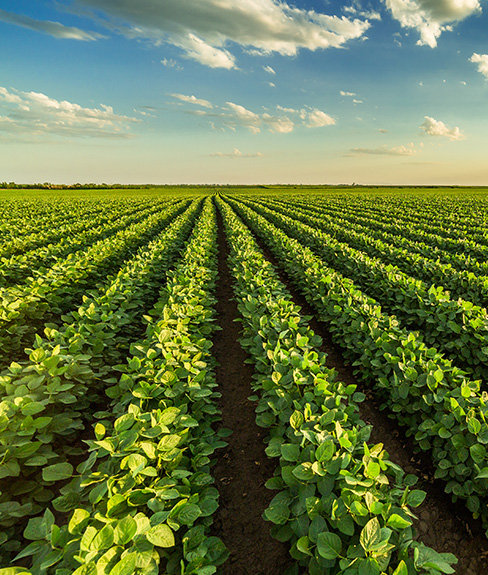
Corn rootworms feed on corn roots and reduce yields. Populations have adapted and become resistant to conventional methods of control. We are developing a new approach to protecting row crops.
Row crop health
